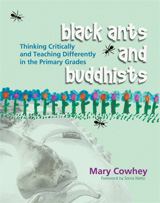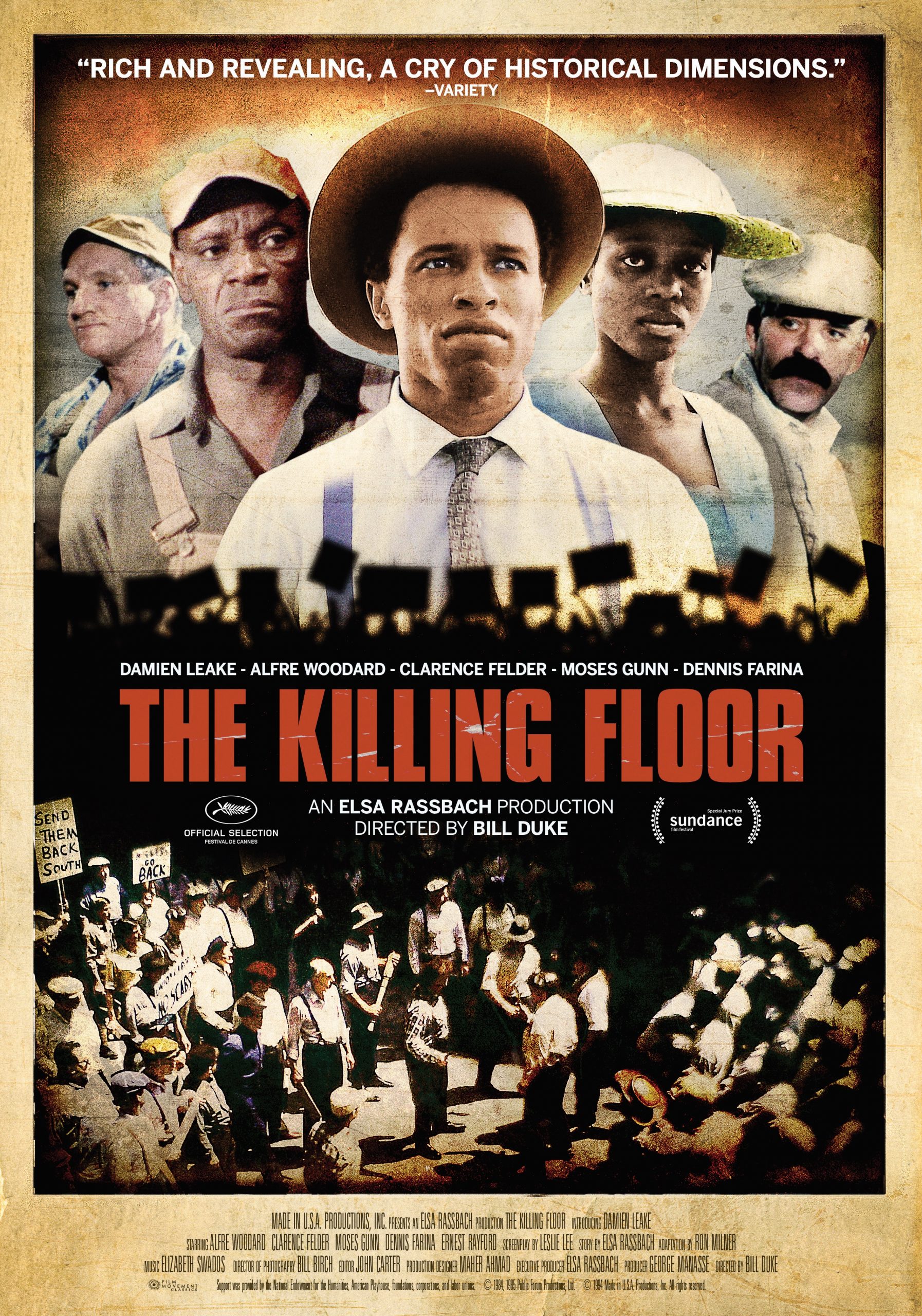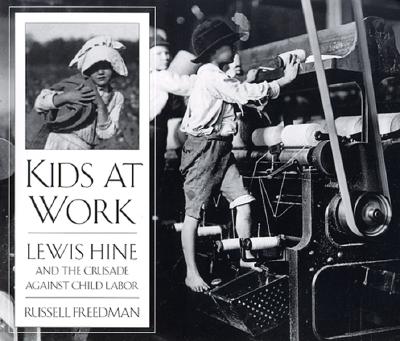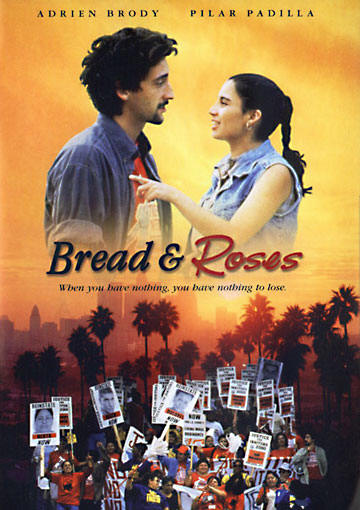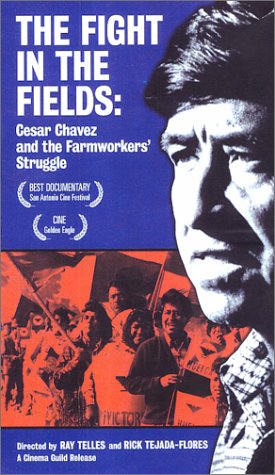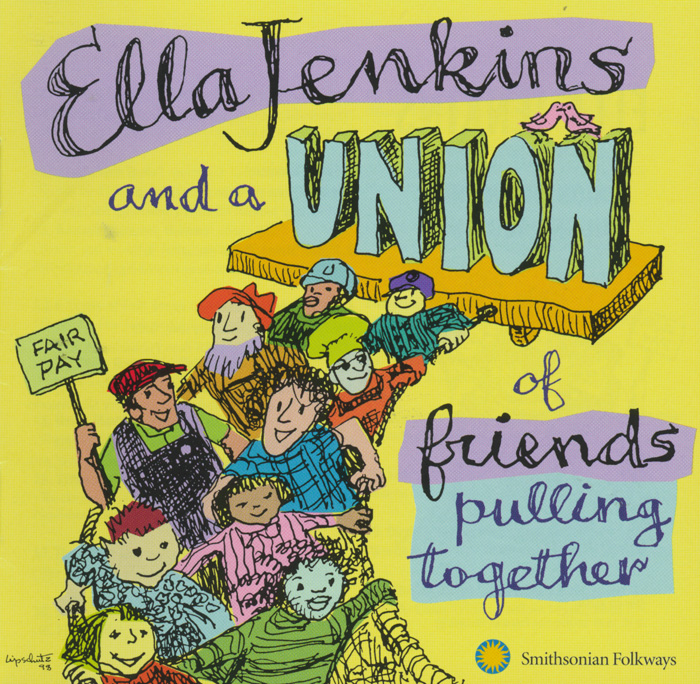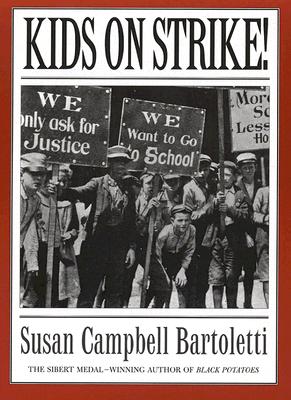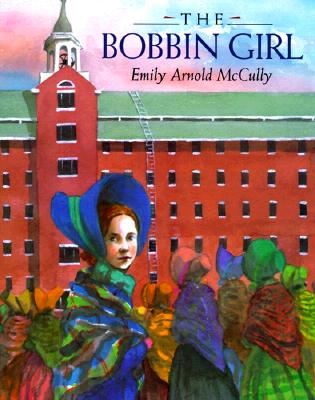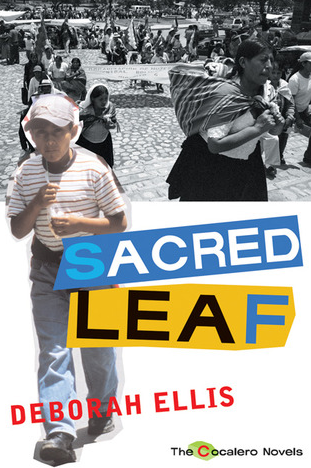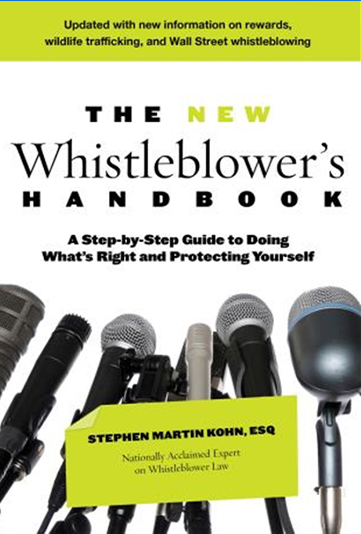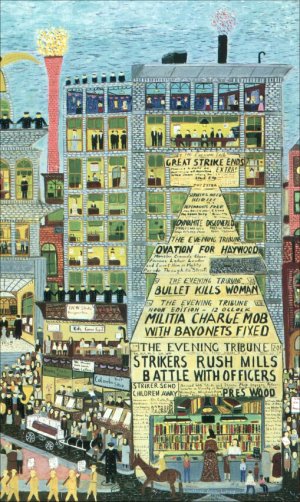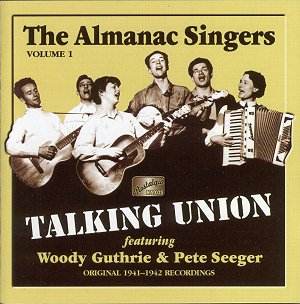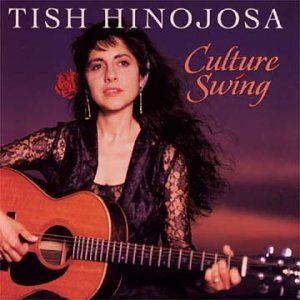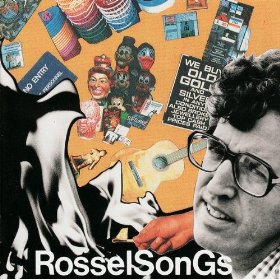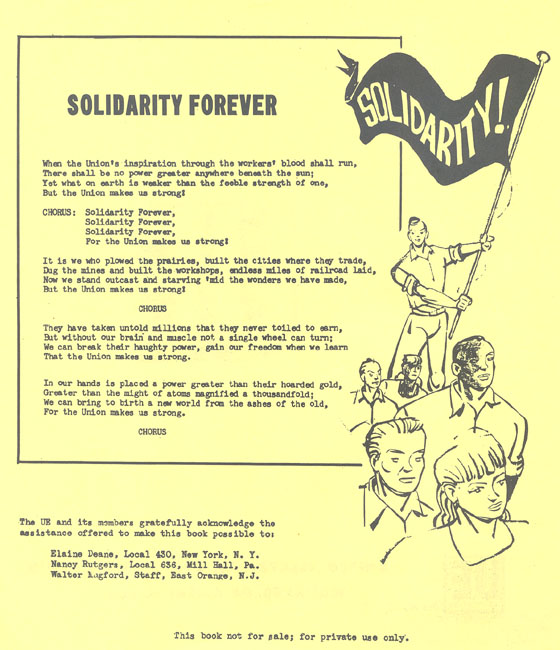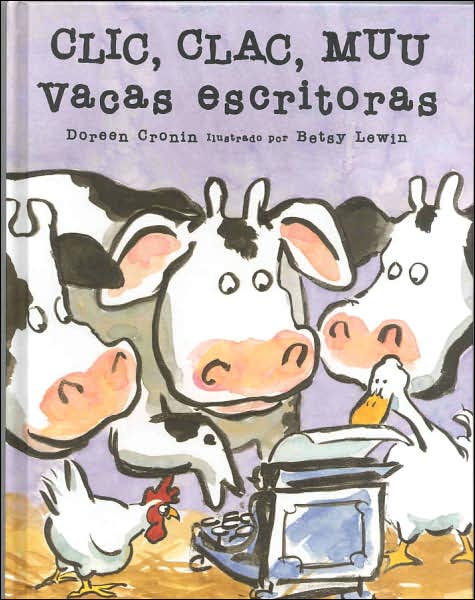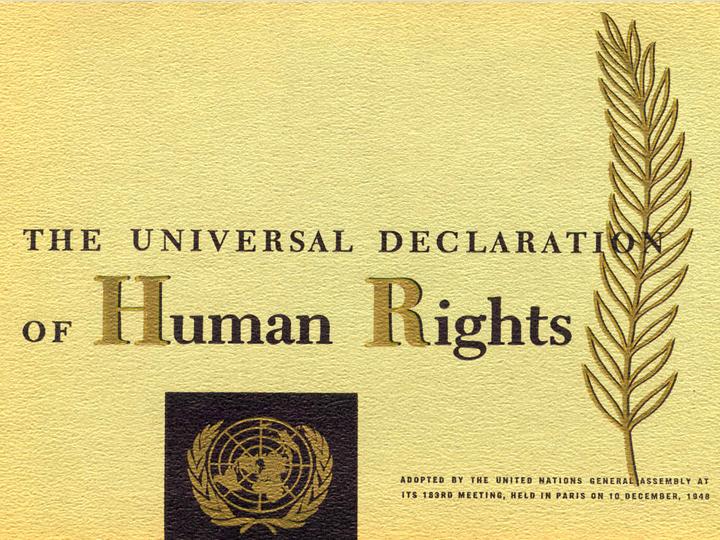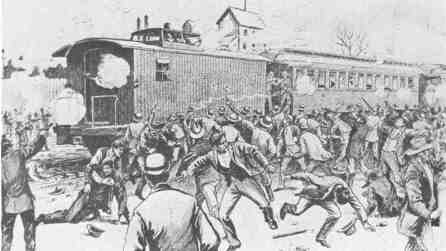Teaching Guide. By Mary Cowhey. Foreword by Sonia Nieto. 2006. 256 pages.
Practical examples and classroom stories about bringing a people's history and peace education to grades 1 and 2.
Continue reading
Film. Directed by Bill Duke. 1985. Digitally restored in 2020. 118 minutes.
Set during World War I, two African-American men deal with racism in the workplace and the labor union.
Continue reading
Film. Directed and produced by Vicky Funari and Sergio De La Torre. 2006. 68 minutes.
The impact of globalization as told through the lives of the women who experience it in Tijuana, Mexico.
Continue reading
Book — Non-fiction. By Russell Freedman. 1998. 112 pages.
Child labor through images and essays, for middle school and above.
Continue reading
Film. By Rachael Kamel/JT Takagi. 2002. 60 minutes.
The struggles of immigrants through the personal stories of families in communities in California, Texas, and Iowa.
Continue reading
Film. By Ken Loach. 2001. 106 minutes.
A compelling, fictionalized account of an actual labor campaign in Los Angeles.
Continue reading
Film. Ray Telles and Rick Tejada-Flores. 1997. 116 minutes.
A documentary on the farmworker movement told by the organizers and farmworkers themselves.
Continue reading
Picture book. By Doreen Cronin. Illustrated by Betsy Lewin. 2000. 32 pages.
A barnyard struggle where the cows go on strike and the farmer is forced to negotiate.
Continue reading
Audio CD. By Ella Jenkins and friends. 1999. 47 minutes and 18-page booklet.
Labor songs for children ages 4–12.
Continue reading
Website. Coalition of groups dedicated to education and memorial events about the Triangle Shirtwaist Factory Fire.
Continue reading
Book — Non-fiction. By Susan Campbell Bartoletti. 2003. 208 pages.
Describes the conditions and treatment that drove working children to strike, from the mill workers' strike in 1834 and the coal strikes at the turn of the century to the children who marched with Mother Jones in 1903.
Continue reading
Book — Fiction. By Margaret Peterson Haddix. 2007. 352 pages.
Three young women march against unfair labor practices in the Shirtwaist Strike of 1909-10, only to find themselves engulfed in the raging flames consuming the Triangle Shirtwaist Factory.
Continue reading
Picture book. By Emily Arnold McCully. 1996. 36 pages.
Historical fiction for upper elementary based on a true story about the Lowell textile workers.
Continue reading
Book — Fiction. By Deborah Ellis. 2009. 206 pages.
A story based in Bolivia about a group of peasants who organize against the military.
Continue reading
Book — Non-fiction. By Stephen Martin Kohn. 2017. 568 pages.
A consumer guide to whistleblowing with step-by-step instructions, history, and 21 rules for whistleblowers.
Continue reading
Song. Reprinted from Labor Notes 2007.
Links issues of economic security and quality of life, also addresses the role of women in the struggle for justice.
Continue reading
Song. By Woody Guthrie. 1940.
A union song written by Woody Guthrie in response to a request for a union song from a female point of view.
Continue reading
Song. By Tish Hinojosa. 1992.
A song about a boy's little sister who was poisoned by pesticides.
Continue reading
Song. By Leon Rosselson.
The story of the 1649 revolt of the dispossessed in England who fought against the vested interest of the propertied. A vision of society that is cooperative and in harmony with the earth.
Continue reading
Song. By Ralph Chaplin. 1915.
One of the most popular labor songs.
Continue reading
Website. Extensive and well-organized collection of Woody Guthrie's songs, biography, archives, and more.
Continue reading
Picture book. By Doreen Cronin. Illustrated by Betsy Lewin. 2001. 32 pages.
A barnyard struggle where the cows go on strike and the farmer is forced to negotiate.
Continue reading
Digital collection. Developed by Mark Gregory. Over 700 union songs in an easy to search and regularly updated online collection with lyrics and audio.
Continue reading
Website. Full text of the Universal Declaration of Human Rights and related information.
Continue reading
Teaching Activity. By Learning for Justice.
Introduces students to the role of the labor movement in securing contemporary benefits such as the 40-hour work week, the minimum wage, and workplace safety regulations.
Continue reading

